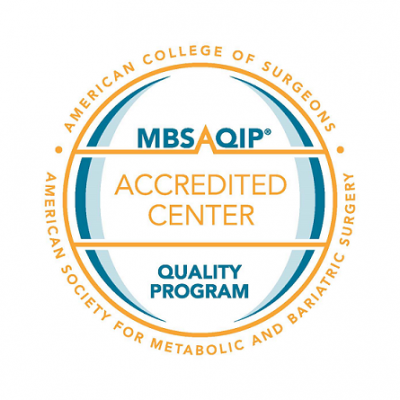Patients on Hawaii Island seeking surgical treatment for severe obesity and its related conditions can look to Kona Community Hospital  (KCH) as a high-quality choice for receiving treatment in a nationally accredited program that meets the highest standards for patient safety and quality of care.
(KCH) as a high-quality choice for receiving treatment in a nationally accredited program that meets the highest standards for patient safety and quality of care.
Dr. Nathan Tomita, DO, MPH, Metabolic and Bariatric Surgery Director at Kona Community Hospital today announced its bariatric surgical center has been accredited as a Low Acuity Center under the Metabolic and Bariatric Surgery Accreditation and Quality Improvement Program (MBSAQIP®), a joint program of the American College of Surgeons (ACS) and the American Society for Metabolic and Bariatric Surgery (ASMBS).
The Kona Metabolic and Bariatric Surgery Center, a collaboration between KCH and Ali`i Health Center, is one of only four centers in Hawaii to have attained this level of accreditation. It is also the only center on Hawaii Island that offers a comprehensive weight loss program including surgical weight loss procedures.
The MBSAQIP Standards ensure that bariatric surgical patients receive a multidisciplinary program, not just a surgical procedure, which improves patient outcomes and long-term success. The accredited center offers preoperative and postoperative care designed specifically for their severely obese patients.
“I’m very proud of our entire team,” said bariatric surgeon Nathan Tomita. “Their non-stop commitment to the bariatric weight loss program and to high-quality patient care and successful outcomes made this achievement possible.”
That commitment to quality care begins with appropriately trained staff and the leadership surgeons who participate in meetings throughout the year to oversee care coordination and outcomes. They seek continuous improvement to enhance the structure, process and outcomes of the program.
To earn the MBSAQIP designation, Kona Community Hospital met essential criteria for staffing, training and facility infrastructure and protocols for care, ensuring its ability to support patients with severe obesity. The standards are specified in the MBSAQIP Resources for Optimal Care of the Metabolic and Bariatric Surgery Patient 2014, published by the ACS and ASMBS.
“We’re not only about the surgical aspect of the KCH bariatric program,” said Tomita. “Patients undergo an extensive evaluation including an educational component, meeting with the program’s nutritionist, psychologist, and cardiologist, if needed. We work with each patient, and outline an individualized plan to make and meet healthy goals on their weight-loss journey.”
The KCH program underwent an extensive site visit by an experienced bariatric surgeon, who reviewed the center’s structure, process, and clinical outcomes data. Centers are awarded a specific designation depending on how many patients it serves annually, the type of procedures it provides, and whether it provides care for patients under age 18.
“Earning this designation is a big accomplishment for the entire team,” said Jay Kreuzer, KCH CEO. “Accredited centers are the best place for patients to receive the level of care that will ensure the best outcomes, and we’re thrilled to be able to offer that to our community.”
In the United States, around 15.5 million people suffer from severe obesity, according to the National Institutes of Health, and the numbers are increasing. Obesity increases the risks of morbidity and mortality because of the diseases and conditions that are commonly associated with it, such as type II diabetes, hypertension, and cardiovascular disease, among other health risks. Metabolic and bariatric surgical procedures have proven to be effective in the reduction of comorbid conditions related to severe obesity.*
For more information about the Kona Community Hospital comprehensive metabolic and bariatric weight loss program, visit their website at kch.hhsc.org/services/metabolic-bariatric-surgery-center/.
________________________
*Buchwald H, Avidor Y, Braunwald E, et al. Bariatric Surgery: A Systematic Review and Meta-analysis. JAMA. 2004;292(14):1724-1737. DOI:10.1001/jama.292.14.1724.
